BILL NEBEKER
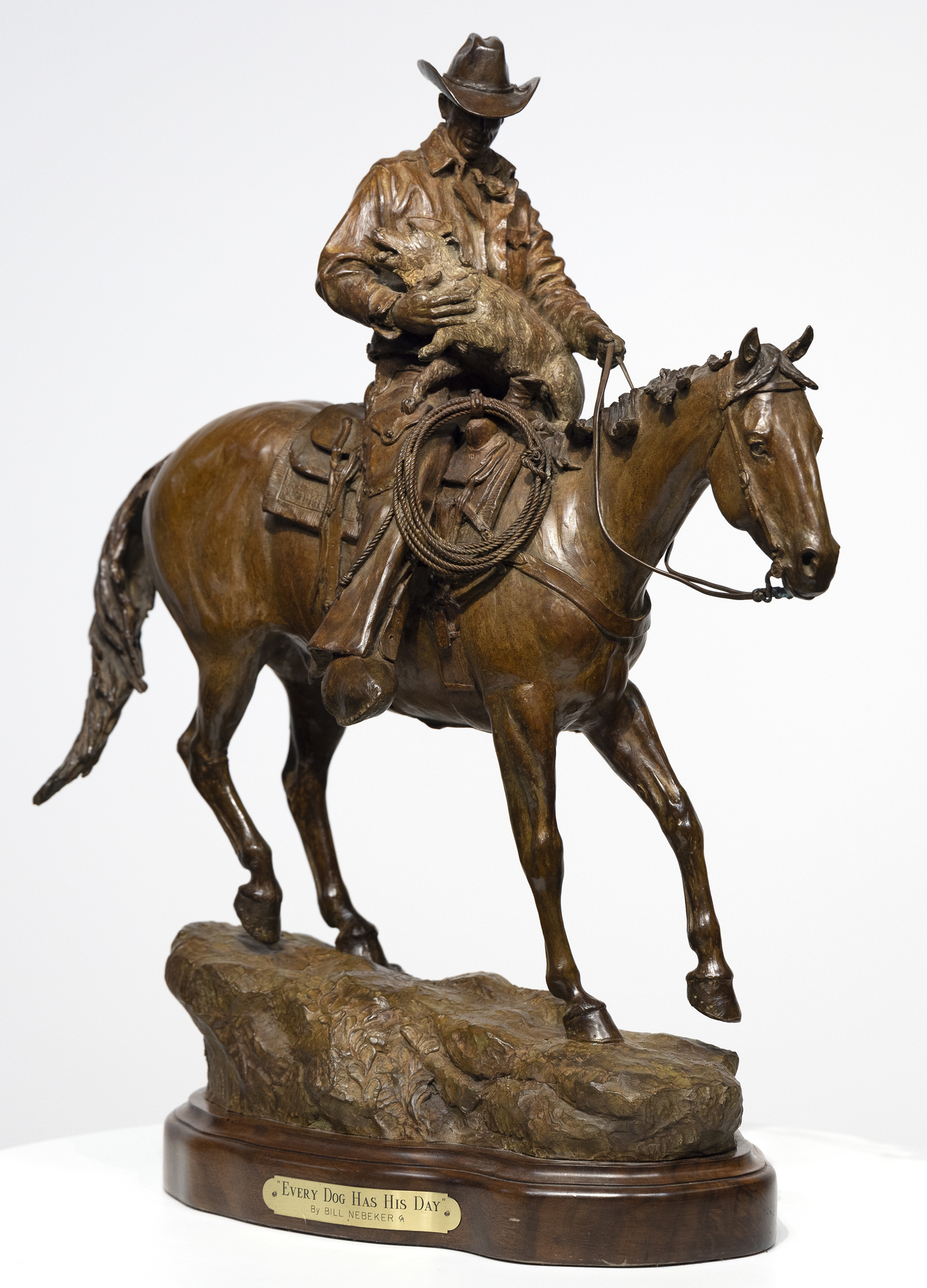
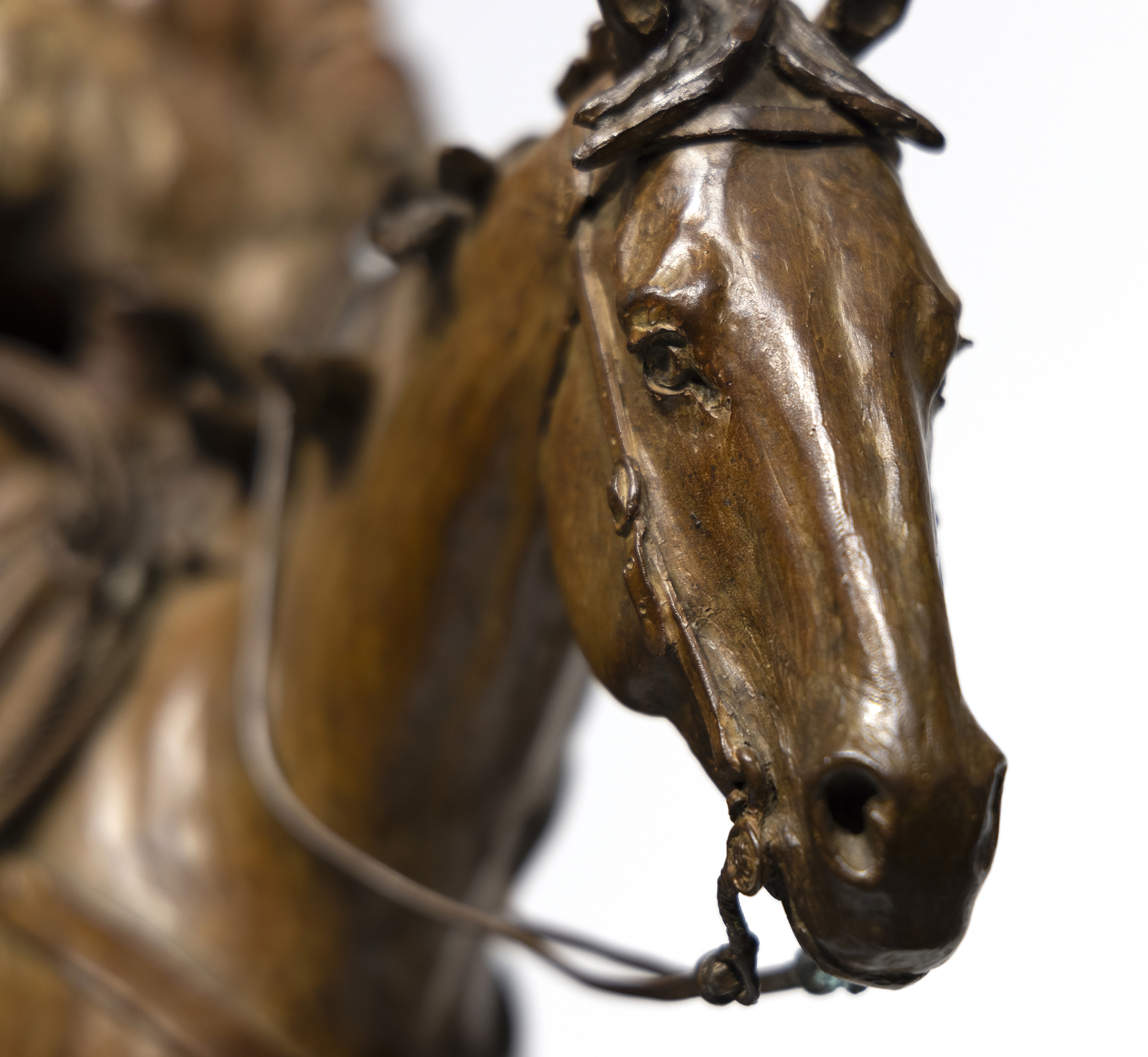
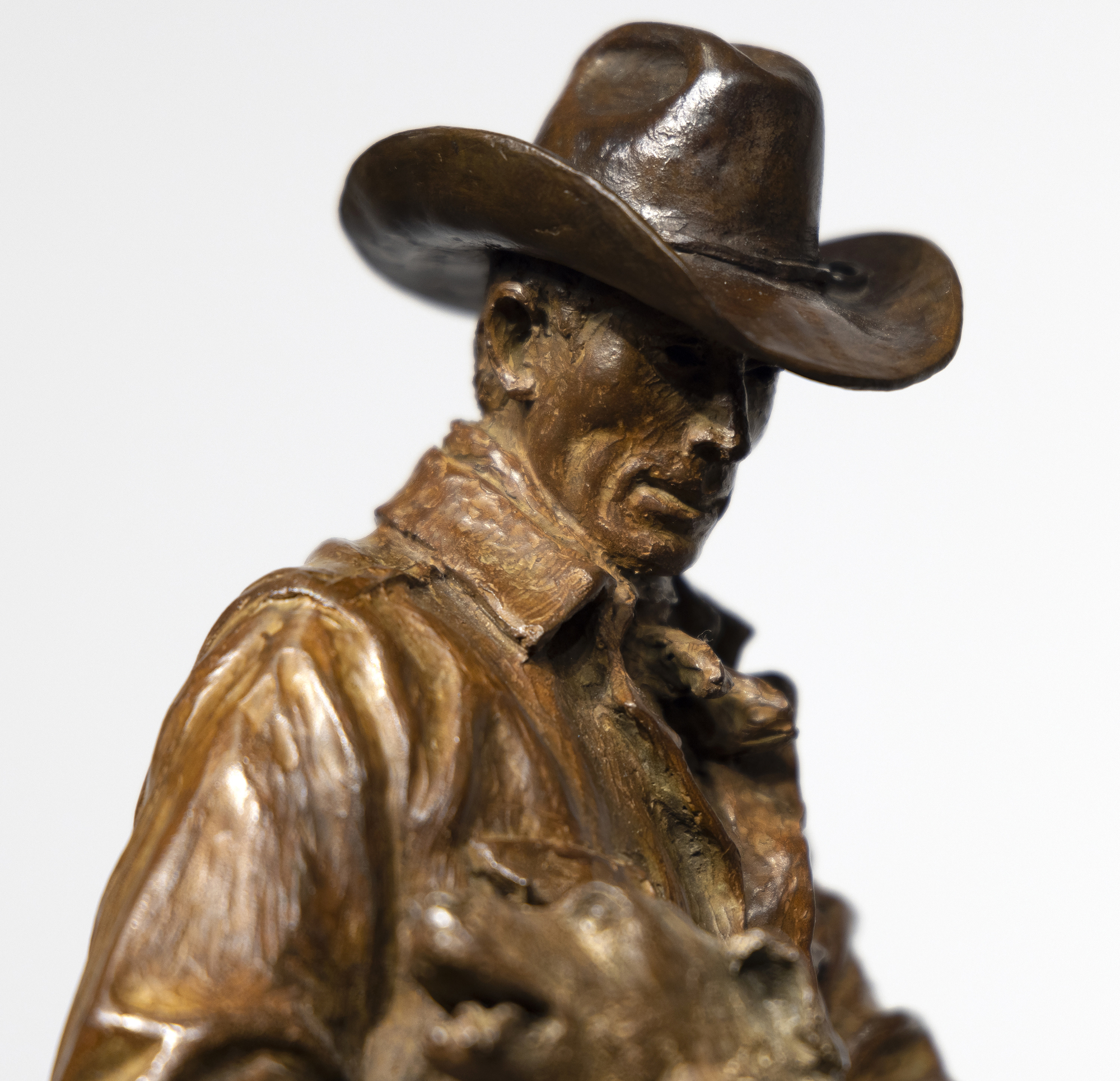
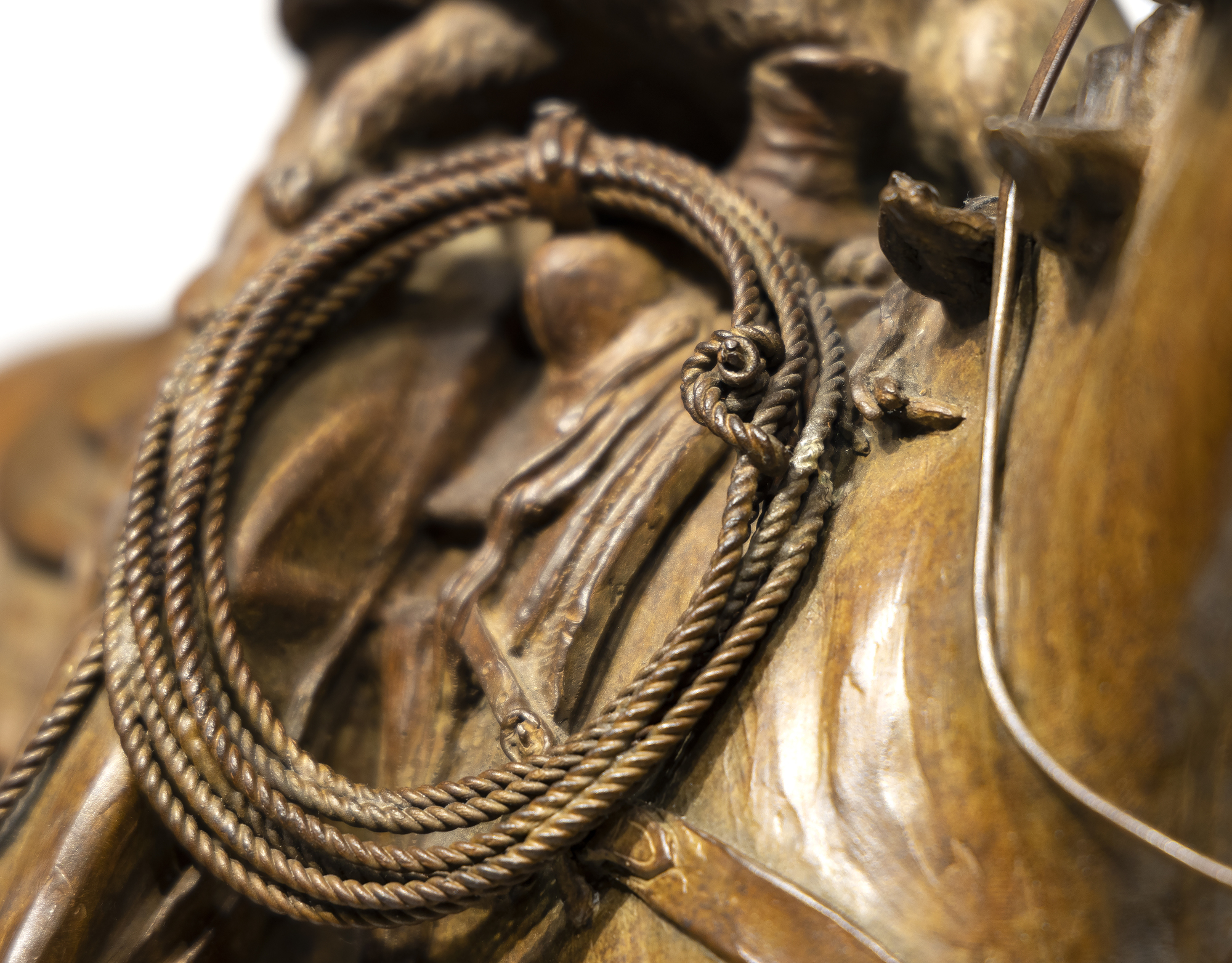
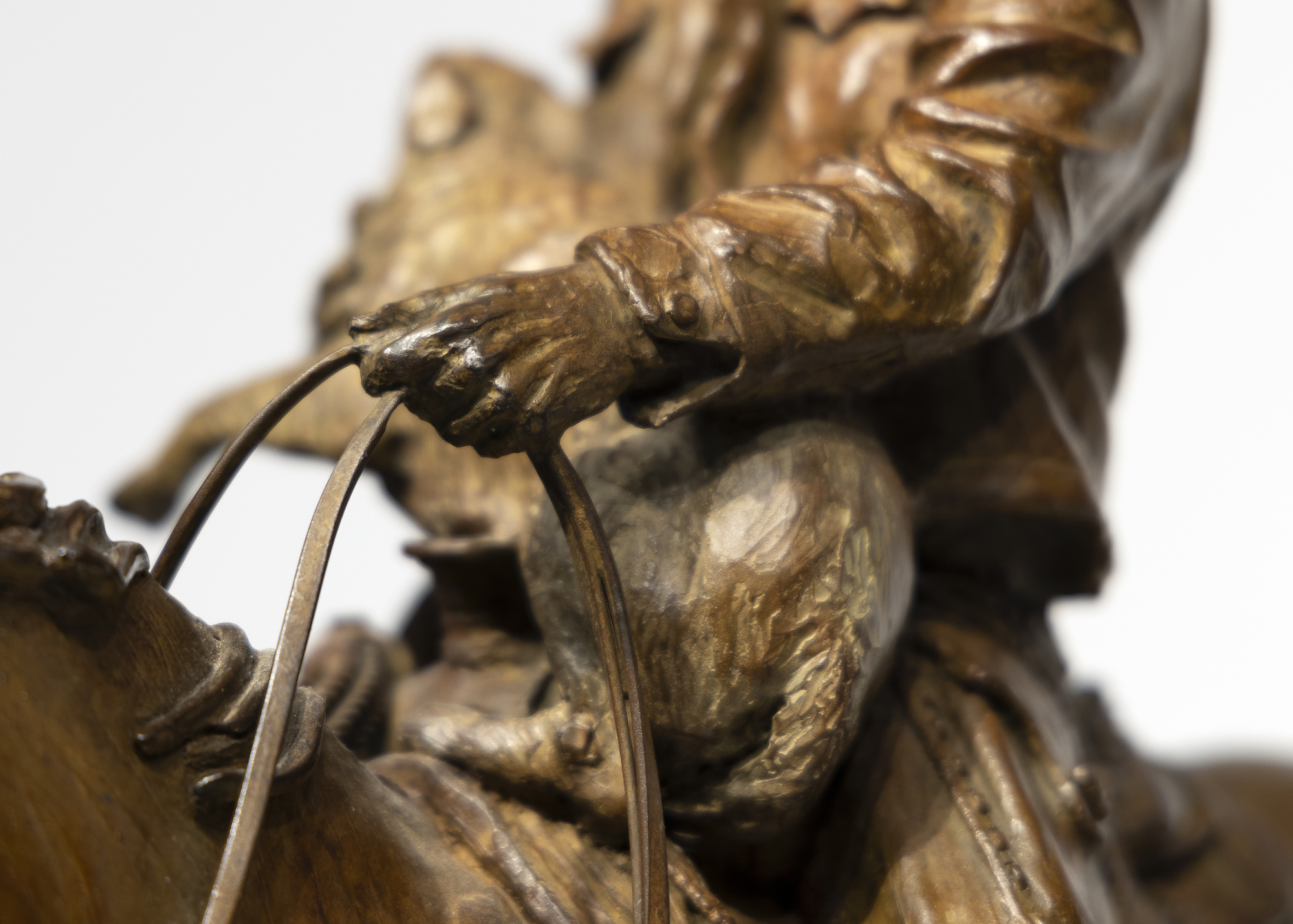
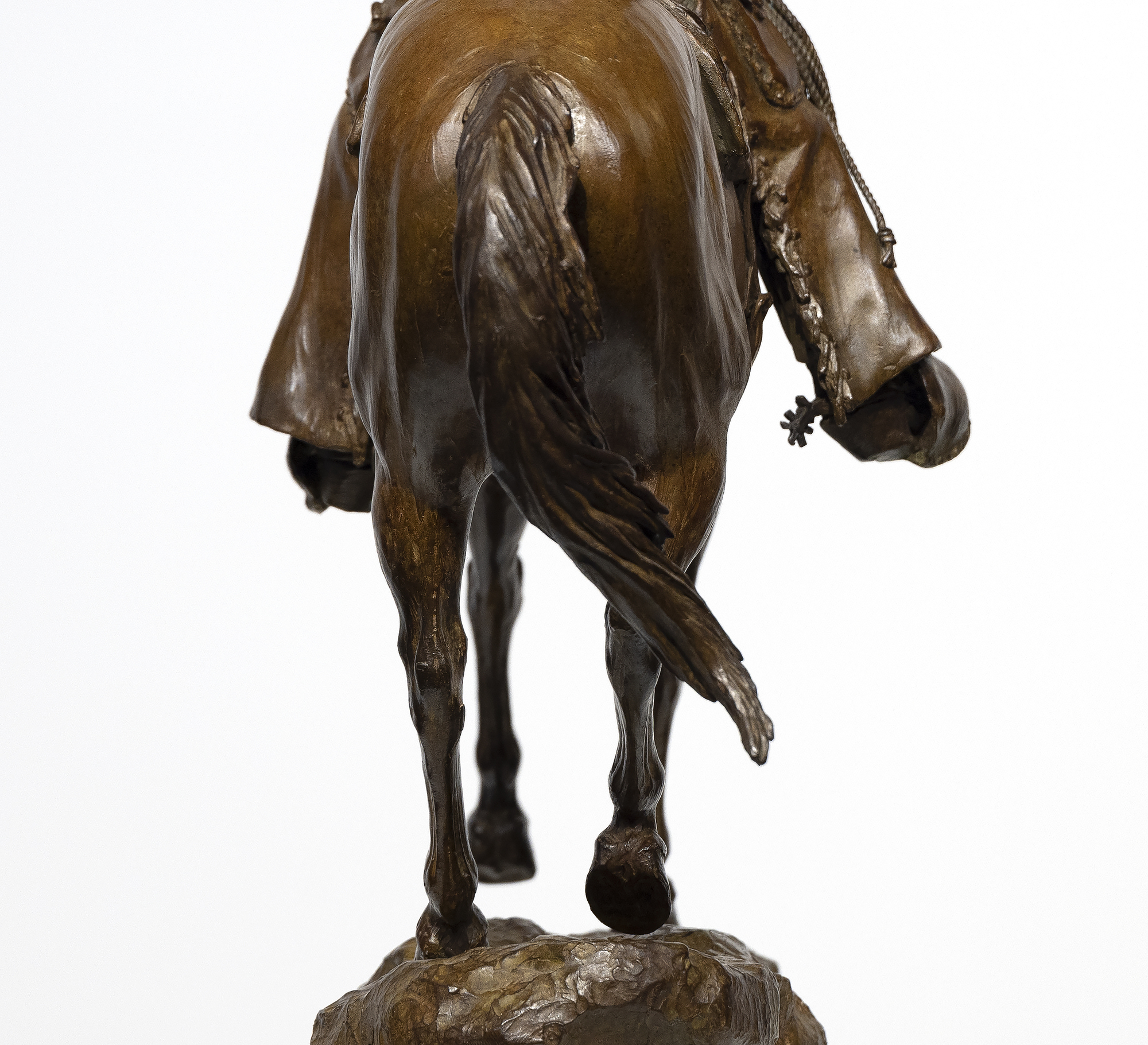
Provenance
Collection privéeLes sculptures de Nebecker sont bien documentées et impressionnent en tant que représentations authentiques de l'Ouest américain historique dans la tradition de Charles Russel et de Frederick Remington. Comme le rappelle rapidement Nebecker, "l'art occidental est honnête et réaliste. L'art occidental représente un mode de vie que les gens prennent au sérieux. Si vous ne le dépeignez pas correctement, cela irrite ceux qui savent ce qui était réel". Les sculptures de Nebecker se vendent aussi bien sur le marché primaire que sur le marché secondaire.


